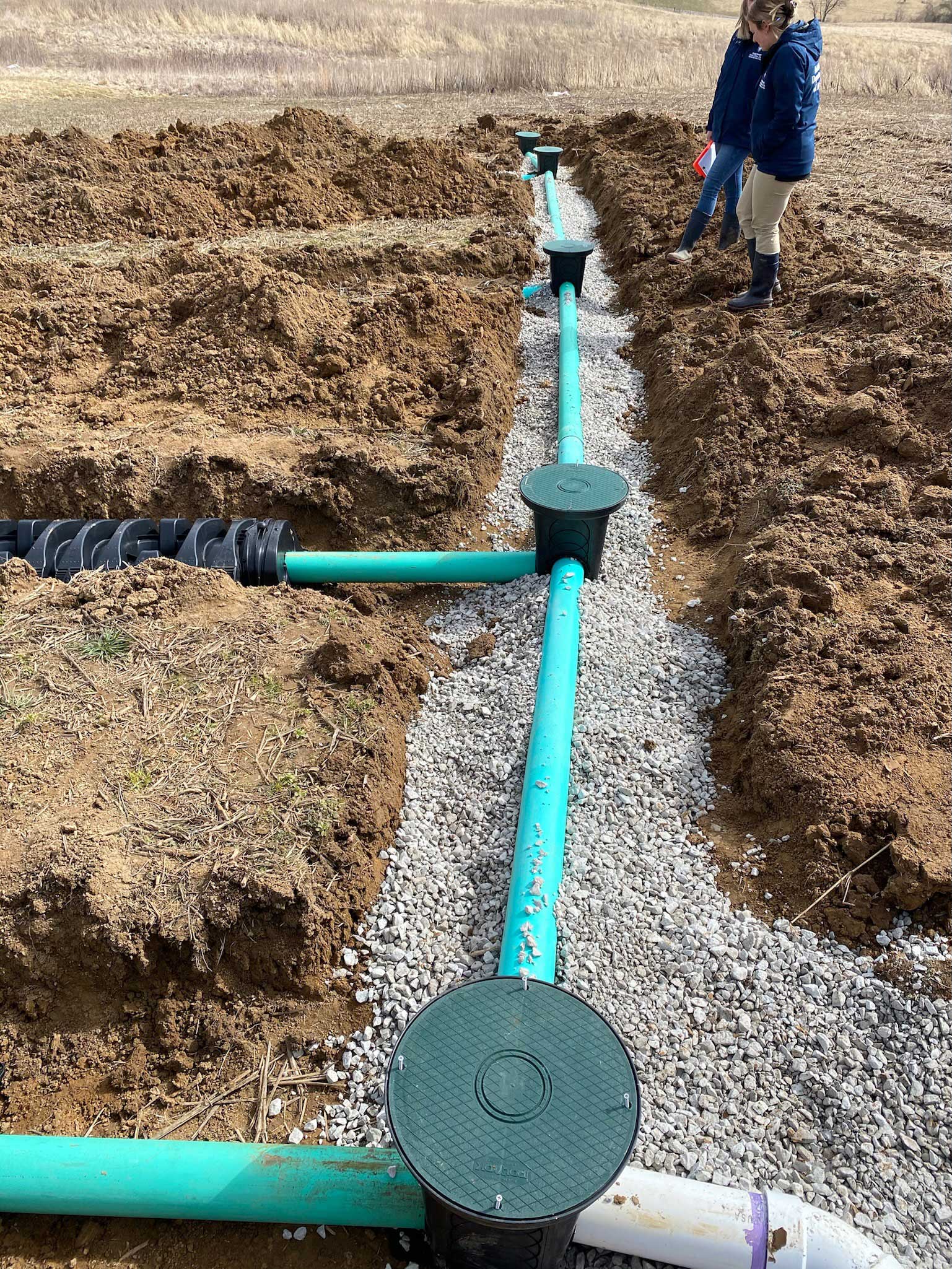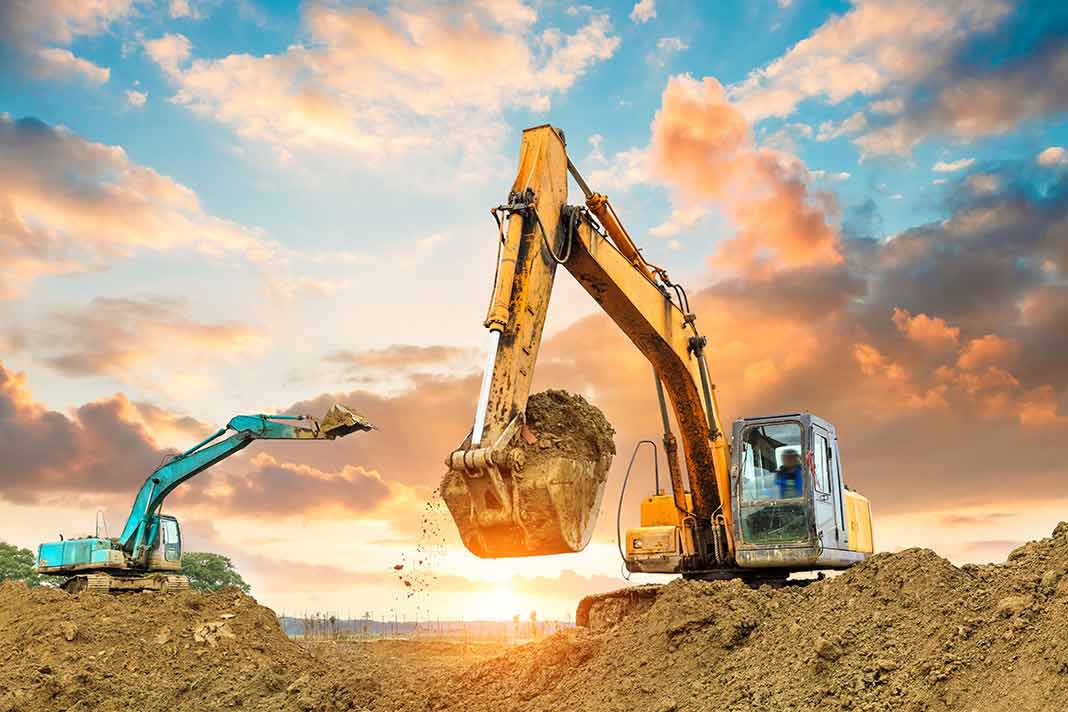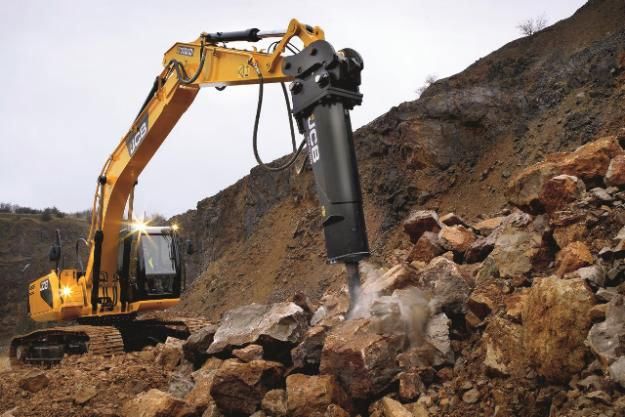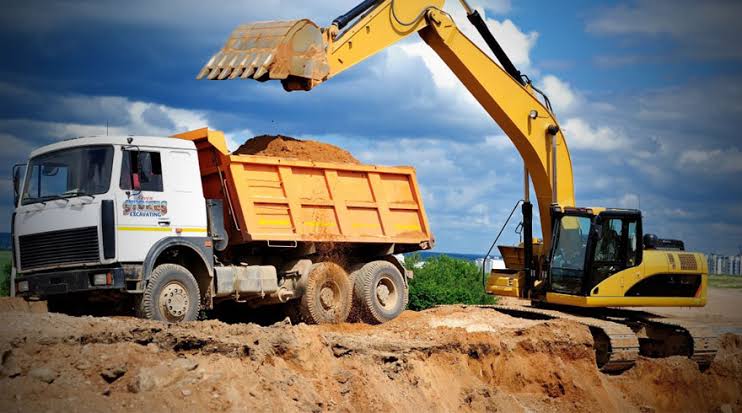Excavating Ohio - Leading Excavation Contractors for Ohio Projects
Excavating Ohio - Leading Excavation Contractors for Ohio Projects
Blog Article
In-Depth Exploration: The Scientific Research Behind Superior Excavation Practices
The world of excavation techniques is a domain where science intertwines with workmanship to uncover the enigmas concealed underneath the earth's surface. From ancient hand tools to modern hydraulic excavators, the advancement of excavation techniques has actually been a testimony to human ingenuity and technological developments. Nevertheless, what genuinely sets exceptional excavation practices apart is a deep understanding of geological concepts, coupled with the usage of advanced tools and techniques. By checking out the science behind these techniques, we can discover the tricks that lie below our feet and appreciate the accuracy and expertise that enter into every dig.
Evolution of Excavation Methods
Throughout history, the development of excavation techniques has actually played a vital duty in progressing building methods and historical explorations. From the basic devices utilized by our forefathers to the sophisticated machinery used in contemporary times, the progression of excavation methods has significantly changed how we approach different projects.
In ancient times, hands-on labor with standard tools such as pickaxes, shovels, and wheelbarrows was the primary technique of excavation. This labor-intensive procedure limited the deepness and extent of excavations, typically causing sluggish progression and restricted access to particular sites. Nevertheless, as civilizations progressed, so did the tools and methods utilized for excavation.
The Industrial Change noted a transforming factor in excavation experiment the introduction of steam-powered equipment. This technology revolutionized the field, enabling for faster and extra extensive excavations. In contemporary times, modern technology plays a critical function in excavation, with improvements like general practitioner systems, drones, and 3D scanning enhancing precision and effectiveness in the area. The advancement of excavation strategies remains to shape the way we build, explore, and comprehend the world around us.
Role of Innovation in Excavation

The combination of cutting-edge modern technology has basically reinvented the area of excavation, improving precision and performance to unmatched levels. Among the crucial technological improvements that has dramatically impacted excavation techniques is the usage of GPS systems. These systems enable for precise mapping of excavation sites, enabling drivers to accurately situate underground utilities and frameworks. Additionally, making use of telematics in excavation equipment has made it possible for real-time surveillance of device efficiency, resulting in positive upkeep and increased functional productivity.
Additionally, the introduction of 3D modeling and simulation software application has structured the planning process for excavation tasks. Engineers and drivers can now picture the entire excavation process before beginning, optimizing and determining prospective obstacles operations. Along with this, the implementation of drones in excavation activities has assisted in aerial surveys, volumetric measurements, and website assessments with unparalleled rate and precision.
Geological Concepts in Excavation
An understanding of geological concepts is necessary for guaranteeing the architectural integrity and security of excavation websites. Geological elements play an essential duty in figuring out the expediency and safety of excavation tasks.
By conducting complete geological surveys and evaluation, designers and excavators can establish approaches to alleviate threats and ensure the successful conclusion of excavation jobs. Inevitably, including geological concepts right into excavation techniques is crucial for achieving risk-free, efficient, and lasting outcomes.

Newest Devices for Excavation
In the world of excavation methods, contemporary developments in tools have revolutionized the performance and accuracy of excavation procedures. One of the current tools making waves in the industry is the use of drones outfitted with innovative imaging innovation. These drones can supply comprehensive aerial studies of excavation websites, providing real-time data on topography and potential threats. This info aids in far better planning and decision-making during the excavation procedure.
An additional cutting-edge tool gaining popularity is the implementation of 3D printing modern technology for developing custom excavation tools. This enables for the manufacturing of specialized devices that are customized to the particular needs of a job, increasing efficiency and decreasing downtime.
In addition, developments in products science have actually caused the development of more powerful and a lot more durable excavation devices. lancaster excavation. Tungsten carbide-tipped excavator accessories, as an example, offer remarkable performance in challenging ground problems, enhancing productivity on-site
Scientific research's Influence on Excavation Practices

Additionally, developments in materials scientific research have actually led to the production of stronger, much more sturdy excavation devices and equipment. For instance, the usage of composite products in miners and shovels has actually enhanced their performance and longevity, inevitably enhancing productivity on excavation websites. Additionally, scientific research on soil mechanics and geotechnical design has supplied important insights into dirt behavior, allowing excavation experts to make educated choices regarding excavation approaches and soil stablizing strategies. In general, science proceeds to drive advancement and enhancement in excavation practices, making excavation jobs more reliable, cost-efficient, and lasting.

Conclusion
To conclude, the development of excavation methods has been considerably influenced by advancements read more in modern technology and a much deeper understanding of geological principles. The newest devices and tools utilized in excavation have boosted effectiveness and precision in the area. The application of scientific knowledge has considerably enhanced excavation practices, leading to more lasting and reliable approaches for digging deep into different kinds of materials.
In the realm of excavation techniques, modern advancements in tools have changed the efficiency and precision of excavation processes. By leveraging scientific concepts, the excavation sector has actually been able to significantly boost efficiency, accuracy, and safety in excavation procedures. GPR allows excavation groups to non-invasively scan and map subsurface structures, energies, and potential threats, allowing them to look at more info prepare excavation tasks with better accuracy and lowered threat of crashes.
Additionally, clinical research study on soil click this site technicians and geotechnical engineering has actually supplied important insights right into dirt habits, enabling excavation experts to make informed choices relating to excavation approaches and dirt stablizing methods. Overall, scientific research proceeds to drive innovation and renovation in excavation practices, making excavation tasks a lot more efficient, cost-effective, and lasting.
Report this page